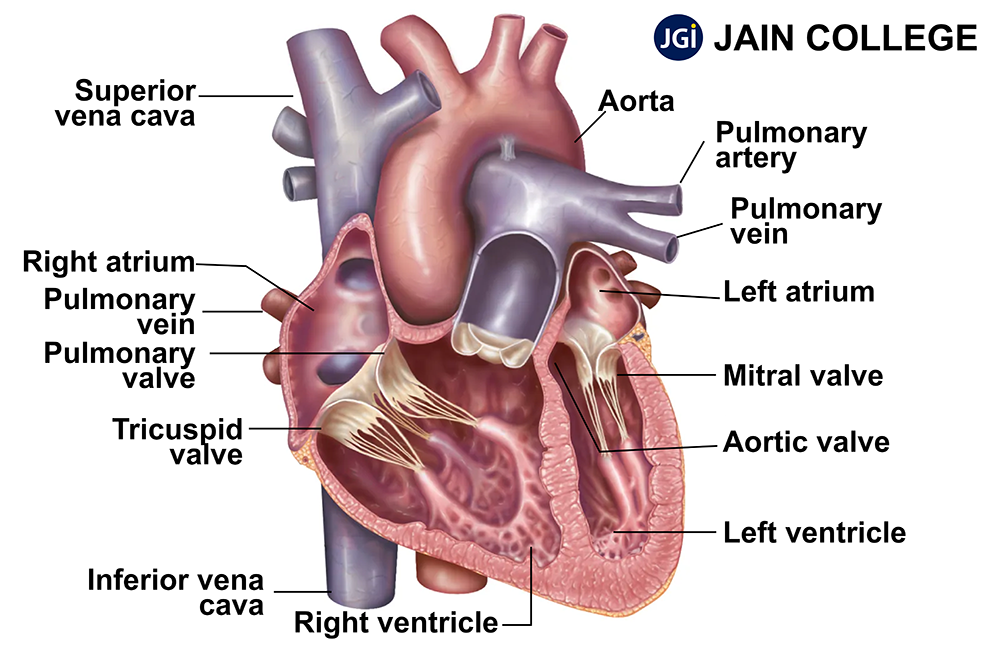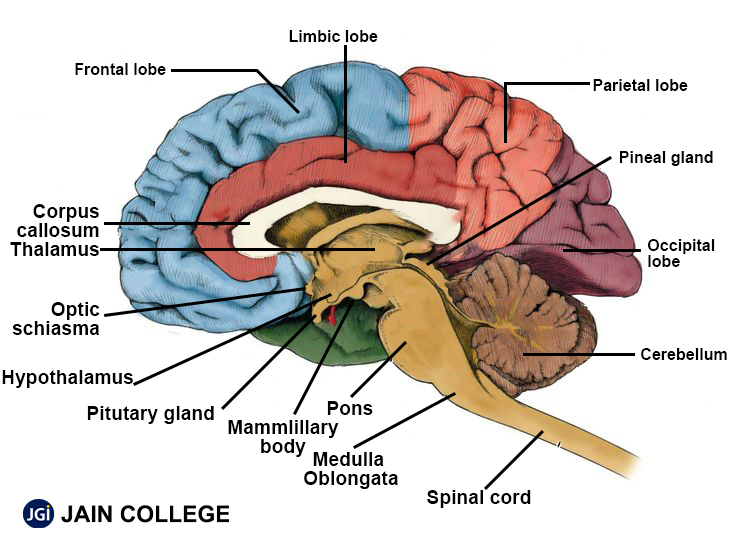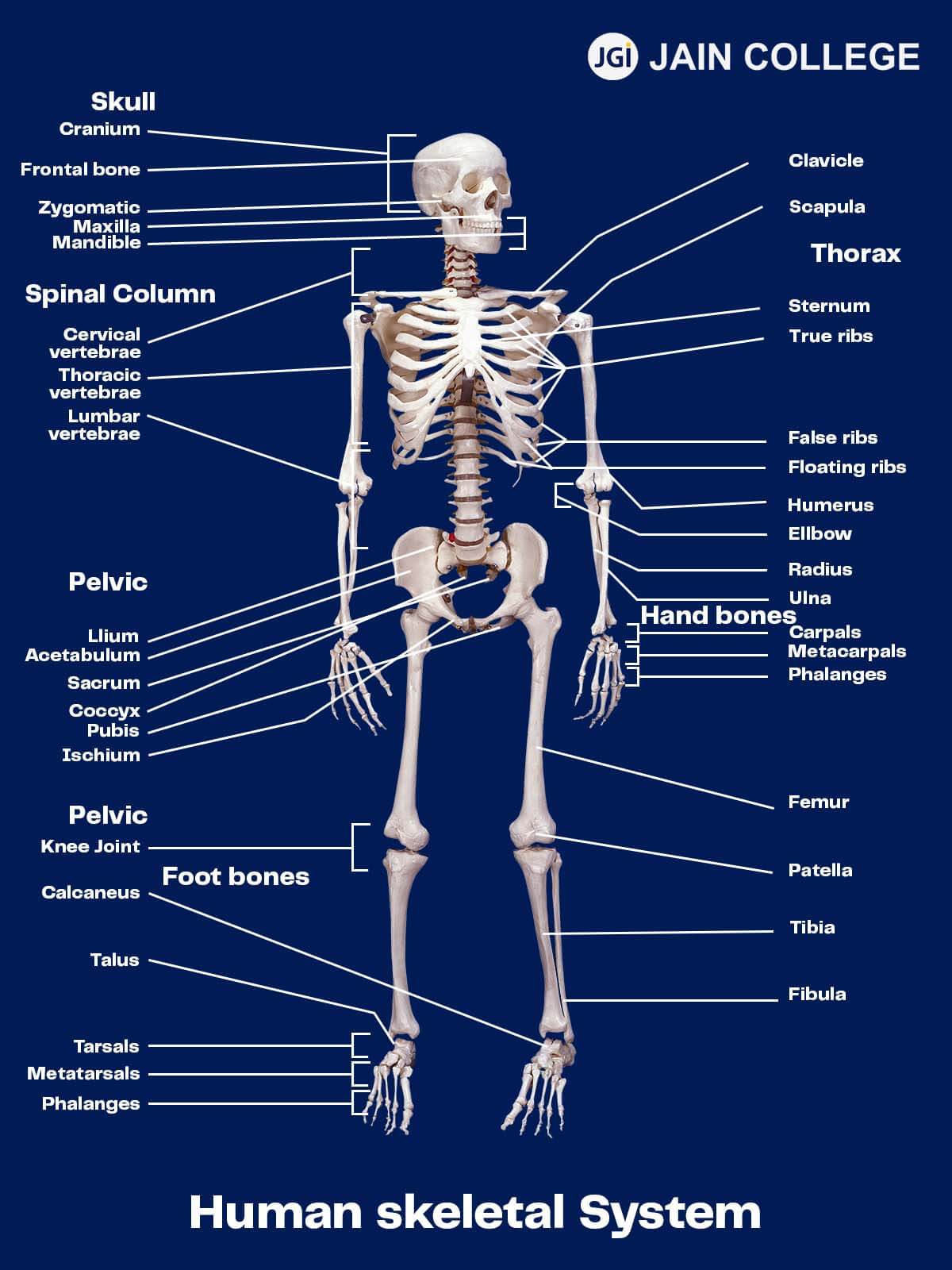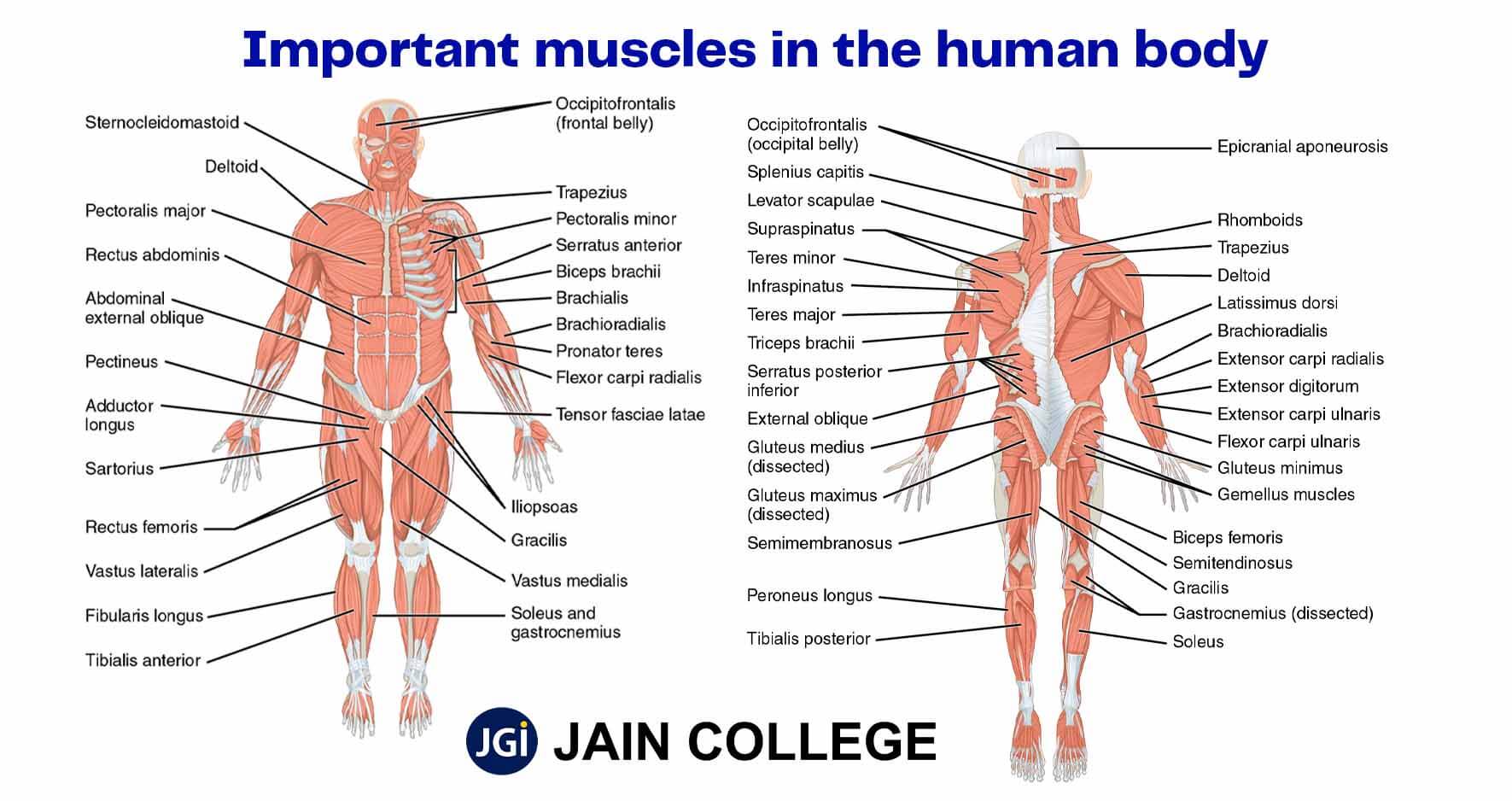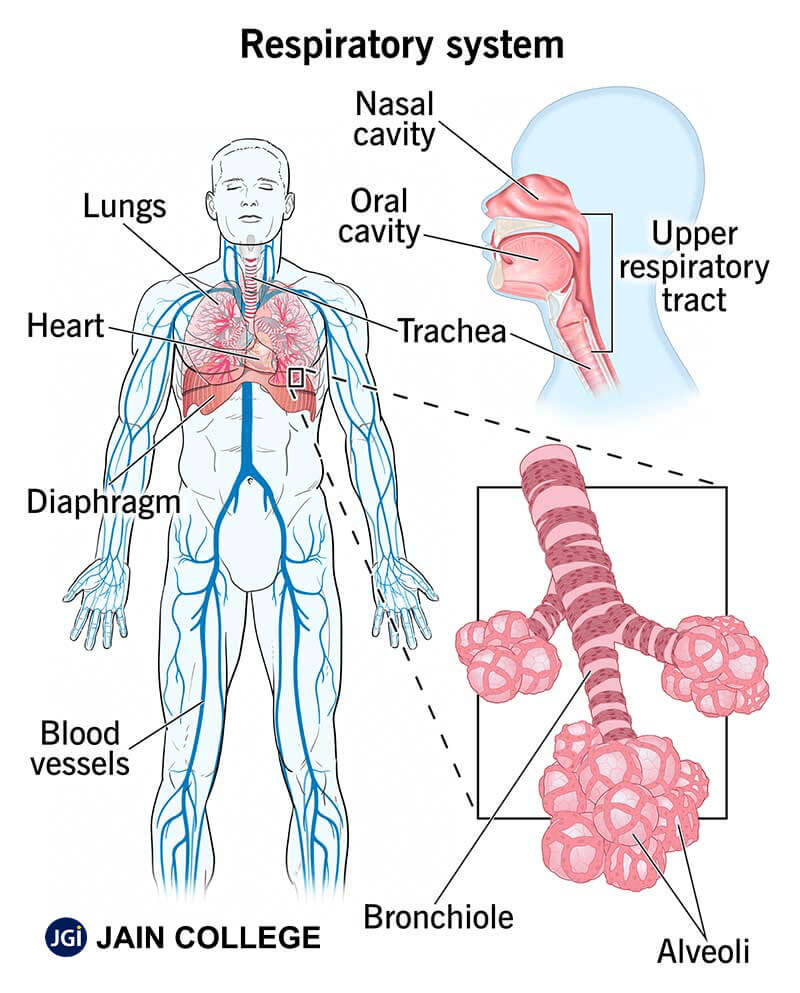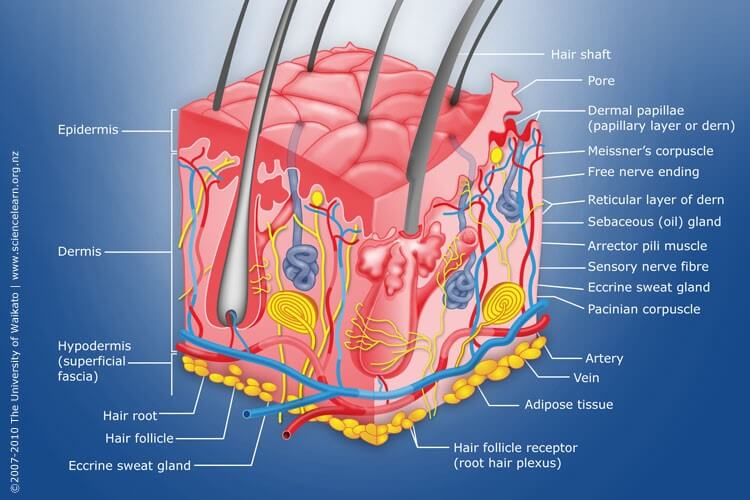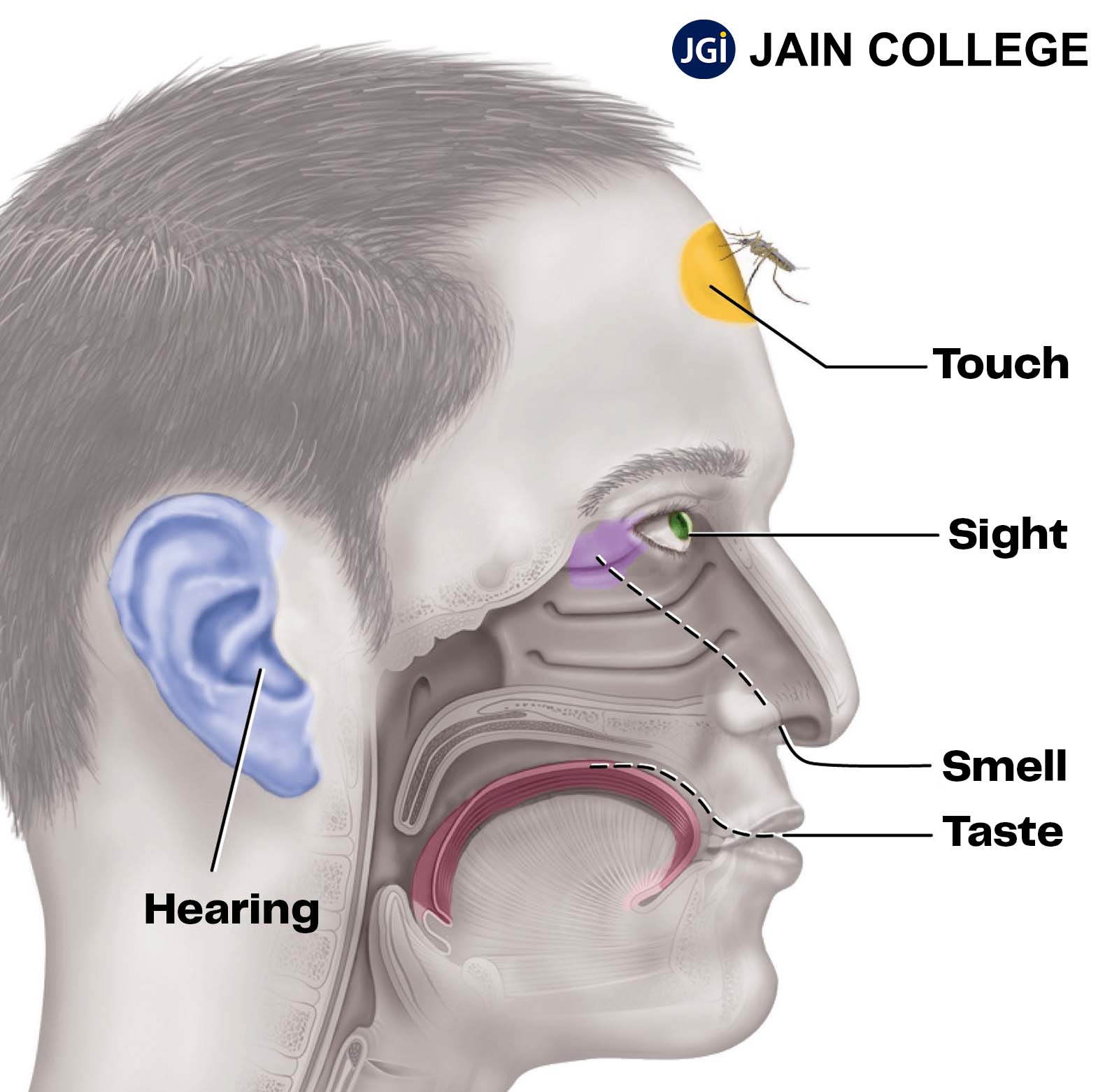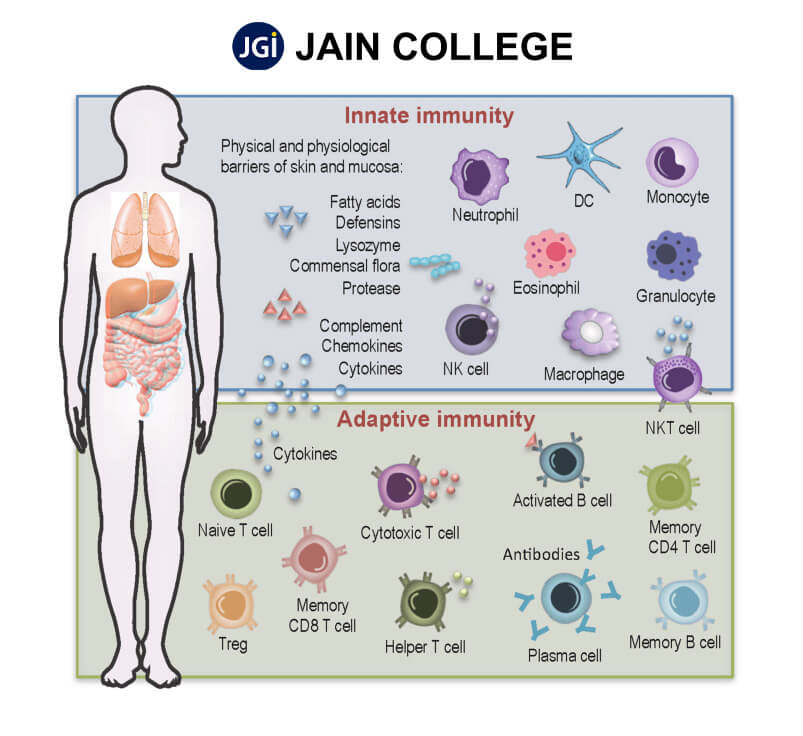The human body is a remarkable and complex organism, composed of billions of cells and intricate systems working together to maintain life. Here are some interesting and surprising facts about the human body:
These facts highlight just how fascinating and intricate the human body is. Each system is finely tuned to maintain life, and there's still much to discover about the ways our bodies function.
The human body is made up of living cells and extracellular materials that are organised into tissues, organs and systems. The body grows and develops from the conception of a foetus through old age, both physically and mentally. This fascinating harmony of organisms that create the human body, making us capable of thinking, ideating and acting is an evolving study. Let us learn some interesting facts about the human body.
Introduction to the Human Body
The human body is an intricate system comprising numerous interrelated systems working together to maintain health and functionality. Each system influences and supports the others to keep the body functioning optimally. The basic building blocks of life in the human body are the cells which group to form tissues. These tissues combine to create organs with specific functions.
The major systems of the body include:
- Circulatory System: it includes the heart, blood, and blood vessels that remove wastes and distribute oxygen and nutrients throughout the body.
- Respiratory System: Includes the lungs and airways, responsible for taking in oxygen and expelling carbon dioxide.
- Digestive System: Involves the stomach and intestines, which break down food, absorb nutrients, and eliminate waste.
- Nervous System: Includes the brain, spinal cord, and nerves that control and coordinate bodily functions and respond to external stimuli.
- Musculoskeletal System: Comprises bones, muscles, and joints that provide structure, support, and movement.
- Endocrine System: Glands such as the thyroid and adrenal glands secrete hormones that regulate metabolism, growth, and mood.
- Immune System: A network of cells, tissues, and organs (like the spleen and lymph nodes) that defend the body against infection and disease.
- Integumentary System: Includes the skin, hair, and nails that offer protection and regulate body temperature.
- Reproductive System: It is different for males and females and supports the procreation function.
- Urinary System: Includes the kidneys, ureters, bladder, and urethra that remove waste from the bloodstream and regulate fluid balance.
Fascinating Facts About the Human Body
Every human body is made up of trillions of cells, each with specific functions. These cells vary in size and function, from muscle cells to nerve cells, and each plays a vital role in the body's functioning.
Show More
These cells work together to form organs and systems, which allow the body to function and maintain homeostasis.
The average heart beats 60-100 times per minute. This means that over the course of one day, your heart will beat about 100,000 times, pumping blood throughout the entire body.
Show More
Your heart pumps oxygen-rich blood to organs and tissues, keeping you alive and healthy.
As adults, humans have 206 bones, though babies are born with approximately 270 bones. Over time, some of these bones fuse together, leaving the adult body with 206.
Show More
Bones provide structural support, protect organs, and store essential minerals like calcium.
The human brain contains around 100 billion neurons, and each neuron can form thousands of connections (synapses) with other neurons. These connections far exceed the number of stars in the Milky Way galaxy.
Show More
This intricate network of neurons enables complex functions like thought, memory, emotion, and movement.
The stomach lining is constantly replaced because the acidic environment required to digest food can damage the stomach’s tissue.
Show More
New cells replace old ones, ensuring the stomach stays protected from its own digestive acids.
The human body is home to trillions of microbes, including bacteria, fungi, and viruses. It's estimated that for every human cell, there are about 1.3 bacterial cells.
Show More
These bacteria play an essential role in digestion, immunity, and overall health.
The skin is the body's largest organ, covering an average of 20 square feet. It protects the body from external harm and regulates temperature.
Show More
Skin also plays a key role in sensing touch, pain, and temperature, helping us interact with the world around us.
The liver is the only organ that can regenerate lost tissue. If a portion of the liver is removed, it can grow back to its original size, making it unique among the body's organs.
Show More
The liver's regenerative capacity is vital for recovery from injury or surgery.
If you were to stretch out all the blood vessels in the human body, they would reach about 60,000 miles, which is more than enough to circle the Earth twice!
Show More
The vast network of blood vessels ensures that oxygen and nutrients are delivered to every cell in the body.
Just like fingerprints, each person has a unique tongue print. No two people have the same tongue print, just as no two people have identical fingerprints.
Show More
This uniqueness helps in identity verification and security.
The human nose is incredibly sensitive, with the ability to detect and distinguish over a trillion different odors, which play a key role in taste and memory.
Show More
This remarkable sense helps us detect danger, food, and other important environmental signals.
Human bones are incredibly strong. In fact, they are stronger than steel of the same density. Bone strength allows them to support the body’s weight and withstand significant forces.
Show More
Bone strength plays a crucial role in protecting vital organs and enabling movement.
Saliva is important for digestion and oral health. It helps break down food, keeps the mouth moist, and protects teeth and gums from harmful bacteria.
Show More
Saliva also helps neutralize acids in the mouth, protecting against tooth decay and bad breath.
The human eye can perceive around 10 million different colors, with the retina containing two types of photoreceptor cells—rods (for light and dark) and cones (for color detection).
Show More
This incredible visual ability allows humans to perceive the world in rich detail and color.
Vitamin D is unique in that your body can produce it when exposed to sunlight. It’s important for bone health, immune function, and various other bodily processes.
Show More
Vitamin D synthesis helps the body absorb calcium, which is essential for strong bones and teeth.
The body’s muscles allow for movement and support. The largest muscle is the gluteus maximus, while the smallest is the stapedius in the ear.
Show More
Muscles are essential for everything from walking to breathing and even digestion.
Bone tissue is constantly being broken down and rebuilt, a process known as bone remodeling. In fact, the entire skeleton is replaced every 10 years or so.
Show More
Bone remodeling ensures bones remain strong and adaptable to the stresses placed on them.
While you can survive without food for a surprisingly long period (several weeks depending on body fat and hydration levels), survival without water is typically limited to about 3 to 5 days, depending on environmental conditions.
Show More
Water is essential for maintaining bodily functions like temperature regulation, digestion, and cell function.
The brain’s ability to recognize faces is incredibly fast. Specialized regions in the brain, such as the fusiform face area, can identify a face in as little as 150 milliseconds.
Show More
This ability is crucial for social interaction and recognizing familiar faces in our environment.
The bone marrow is responsible for producing blood cells, including red blood cells, white blood cells, and platelets. Your body produces around 2.4 million red blood cells every second.
Show More
This constant production of blood cells ensures that the body’s circulatory system stays functional and can respond to injury or infection.
The Marvel of the Human Brain
The brain controls memory, thought, touch, emotion, motor skills, temperature, hunger, breathing and every process that regulates the body. It weighs about 1.3kg and is about 60% fats and 40% a combination of protein, water, salts and carbohydrates. The central nervous system (CNS) has the brain and spinal cord that extends from it. The brain is not a muscle, it contains blood vessels, nerves, neurons and glial cells. The brain sends and receives electrical signals and chemicals throughout the body which controls various aspects of our physiological, physical and mental processes.
The Heart: Our Life Pump
The average human heart is about the size of the fist of an adult and beats up to 1,15,000 times a day while it pumps 2000 gallons of blood every day. There are two sides to a heart - the left and the right and it is made of two auricles and two ventricles. The auricles are arranged on the top left and right, while the ventricles are arranged on the bottom left and right. The left side of the heart pumps oxygenated blood from the lungs to all body parts, and the right side pumps the deoxygenated blood into the lungs.
Bones and Skeleton: The Framework of the Body
The skeleton provides the body with its framework and consists of all the bones and tissues associated with cartilage and joints. The primary function of the skeletal system is aiding in locomotion and movements such as walking, running, jumping, climbing, crawling and bending. A newborn child has 300 bones reduced to 206 as they attain adulthood. The skeletal system protects the internal organs such as the brain, heart, lungs and liver.
Muscles: The Movers and Shakers
Muscles are tissues attached to the bones by tendons. They help the bones move and are responsible for the smooth actions of the body. The human muscular system has more than 600 muscles that makeup 40% of the total body weight. The human body has voluntary and involuntary muscles. The smooth and cardiac muscles are called involuntary muscles because their actions are controlled by the autonomic nervous system in the body. The skeletal muscles are called voluntary muscles because their actions are controlled by the somatosensory nervous system.
The Complex Digestive System
The digestive system has the gastrointestinal (GI) tract, liver, pancreas and gallbladder. The GI tract is a series of hollow organs that are joined in a twisting tube that goes from the mouth to the anus. The hollow organs of the GI tract are the mouth, oesophagus, stomach, small intestine, large intestine and gallbladder. The digestive system has its nervous system called the enteric nervous system (ENS) which handles the gastrointestinal function independently of central nervous system (CNS) input. The human salivary gland produces up to 1 litre of saliva every day and the brain-gut connection triggers mood changes. Hence the expression “gut feeling” which causes nervousness, fear, joy, anger or sadness.
Respiratory System: Breathing Life
The human respiratory system has the nose, mouth, pharynx, larynx, trachea, bronchi and lungs. There is an upper respiratory tract that has -
- Nose
- Nasal cavity
- Sinuses
- Larynx
- Trachea
The lower respiratory tract has the lungs, bronchi and bronchioles, and air sacs (alveoli)
e lungs take in oxygen. The human body inhales oxygen and exhales carbon dioxide. The human body cells need oxygen to live and conduct normal functions.
Circulatory System: The Body's Transport Network
The human circulatory system circulates oxygenated and deoxygenated blood from separate loops. The human circulatory system consists of the heart, blood, blood vessels and lymph. It is further made up of an intricate network of arteries, capillaries and veins that carry the blood pumped from the heart. Their primary role is carrying essential nutrients, minerals and hormones across various parts of the body. The circulatory system collects metabolic waste and toxins from the cells and tissues to purify or expel them from the body.
The Wonders of the Human Skin
The skin is the body’s largest organ and it’s made of protein, fats, water and minerals. It protects the human body from germs and regulates the body temperature. The skin is composed of nerves that help feel the hot and cold sensations. The skin, nails, hair, oil glands and sweat glands, are part of the integumentary or the outer system. The skin is made of three layers -
- The top layer - Epidermis
- The middle layer - Dermis
- The bottom (fatty) layer - Hypodermis
One inch of human skin has approximately 19 million skin cells, 60,000 melanocytes, 1000 nerve endings and 20 blood cells.
Senses: How We Perceive the World
The five basic senses are - hearing, sight, touch, taste and smell. These help us perceive and make sense of the world around us. The human sensory organs are ears, eyes, nose, mouth and skin. They have receptors that relay information through the sensory neurons to appropriate places in the nervous system. The human body has two receptors -
- Generally receptors - these are present throughout the body
- Special receptors - these include chemoreceptors, photoreceptors and mechanoreceptors
The body has other receptors -
- Vestibular system - informs the brain about the body’s motions, head position and spatial orientation.
- Proprioception system - creates conscious or unconscious awareness of joint position helping with body movement.
The Immune System: Our Defense Mechanism
The body’s immune system is a large network of organs, proteins, chemicals and white blood cells. These parts work together to protect the body from external invaders such as germs, bacteria or viruses. The immune system is also responsible for healing the body from injuries and infections.


